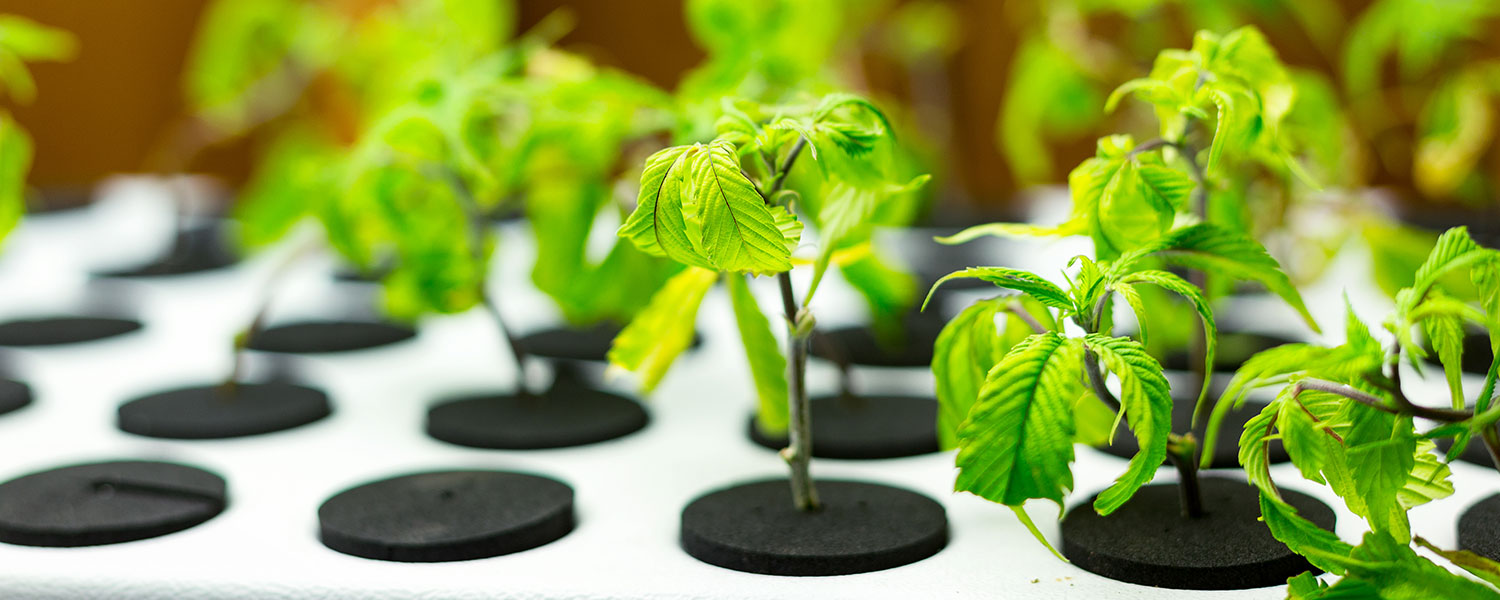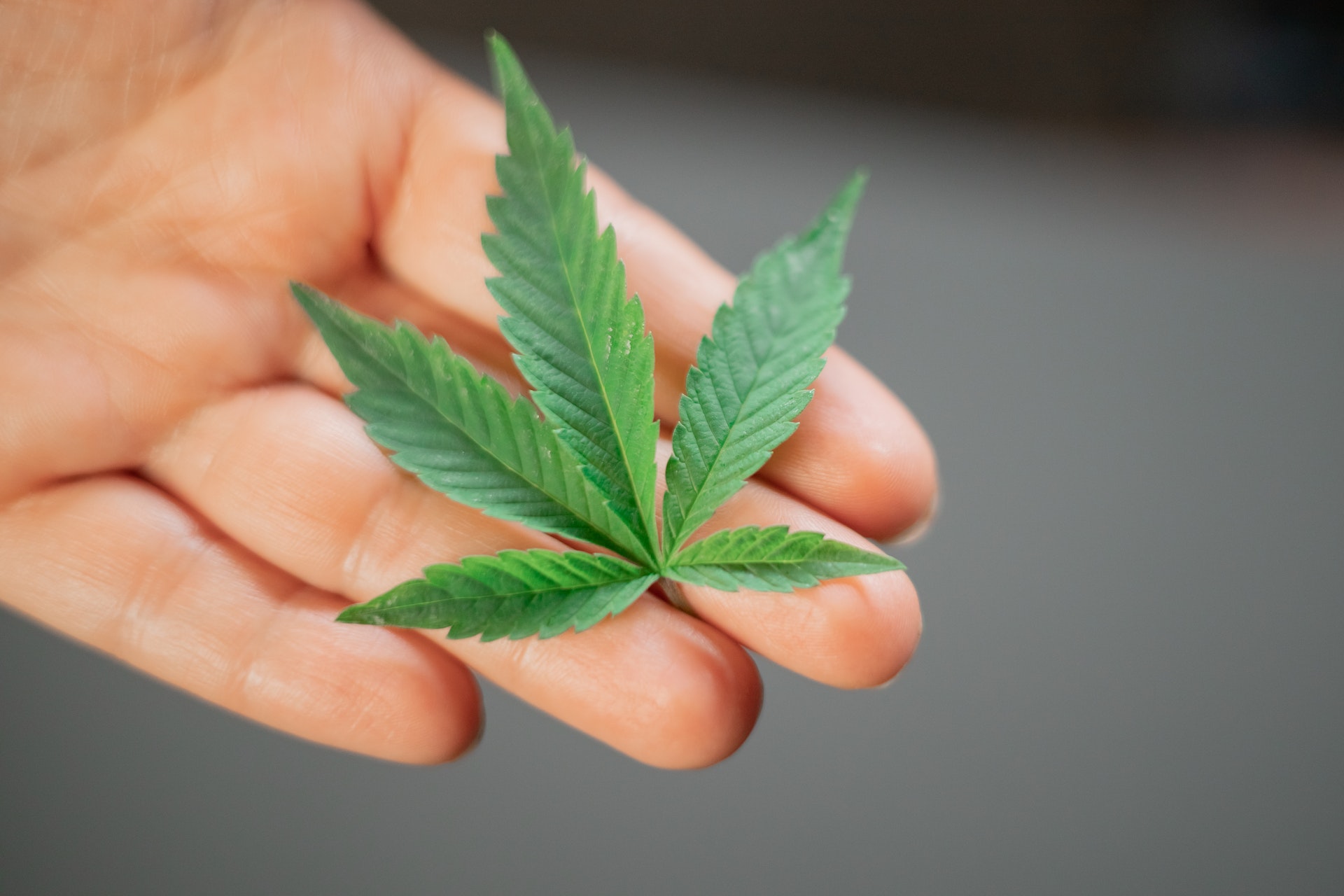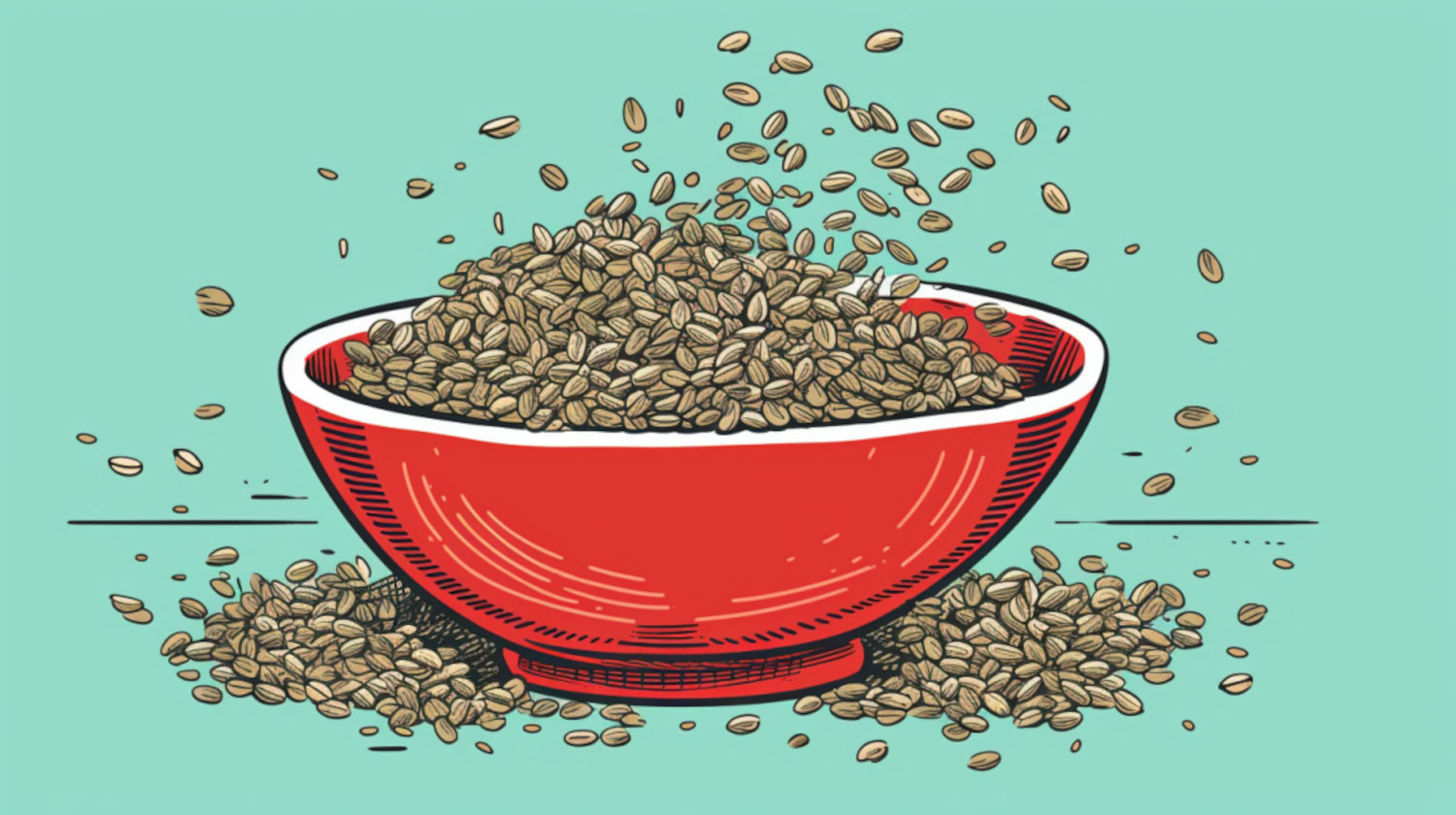Cloning is the process of producing additional cannabis plants with the same genetics. As the name suggests, genetic clones are made from cuttings of mother plants.
Cloning cannabis is an important part of every cultivator’s toolkit.
In this article, we take a deeper look into essential steps and tips beginner cultivators should know about cloning cannabis plants and how you can do it at home.
What Is a Marijuana Clone?
A cannabis clone is a genetic replica of another cannabis plant, which cultivators refer to as a “mother plant” or a “parent plant.” Cloning is a variation of plant propagation because it requires taking a cutting from a mother plant and then rooting it in water or soil.
Growers clone cannabis plants mainly to reproduce high-quality or specific genetics.
For instance, if a particular plant produces high yields or large concentrations of THC, a cultivator can reproduce these qualities by cloning rather than growing from the same batch of seeds.
Also, because cloning is an example of asexual reproduction, there’s no chance that your cloned plants will develop into males when they reach maturity.
Cloning a cannabis plant is straightforward.
All you’ll need to do is clip a small cutting from the desired mother plant. Place the bottom of the cutting into a quality soil mixture, clean water, or a medium such as a rooting cube. Allow a root system to grow, then transplant the clone as you would your other cannabis plants.
Although not 100% identical to the mother plant, if grown in relatively similar conditions, clones can be expected to produce similar yields and have a similar genetic makeup of compounds like cannabinoids and terpenes. However, users may still feel different effects.
Advantages of Growing Cannabis from Clones
The most significant benefit of cloning cannabis plants is reproducing the genetic makeup and physical characteristics of a particular cannabis plant.
Another benefit is that it skips the germination phase, and depending on when you clip your cutting, parts of the seedling and vegetative phase as well. This results in a faster cultivation time overall.
The clone will grow at the same growth stage as the mother plant when it was cloned.
Growing cannabis plants from seeds can take significantly longer since they must germinate first. The seedlings also have the potential to grow into male plants or have undesirable genetics or characteristics.
You can also produce more than one clone from one plant. If, for example, you allow your mother plant to grow a foot or more in height, you might produce 6 - 8 new plants from that mother.
With only one mother plant, you could end up with several cannabis plants ready to grow within a week or less. It would take at least a month to grow cannabis seeds into healthy seedlings.
The cost of the cloning process is also another significant benefit. If you’re producing clones from your own cannabis plants, then it should cost virtually nothing to grow more plants. Of course, it’s possible to buy clones from dispensaries or from other cultivators, but if you’re a DIY kind of grower, you could produce your own clones for the cost of a pair of scissors and some water.
You may wonder: why doesn’t everyone just clone the best cannabis plants all the time?
Unfortunately, there is an upper limit on the number of times you can clone a mother plant without the quality of the subsequent clones dropping off.
Some producers attribute this phenomenon to clonal degradation. Clonal degradation is a hotly debated topic, with many producers attributing seedling changes to altered environmental factors rather than genetic drift. However, whether the introduction of undesirable changes occurs due to changing environmental factors, disease, or another process, new mother plants will eventually need to be produced.
Also, not everyone wants the genetic consistency of cloning. Some cultivators may want a diverse harvest with several strains. To accomplish this, they start with seeds to take advantage of the genetic diversity produced by sexual reproduction.
Characteristics of a Good Mother Plant
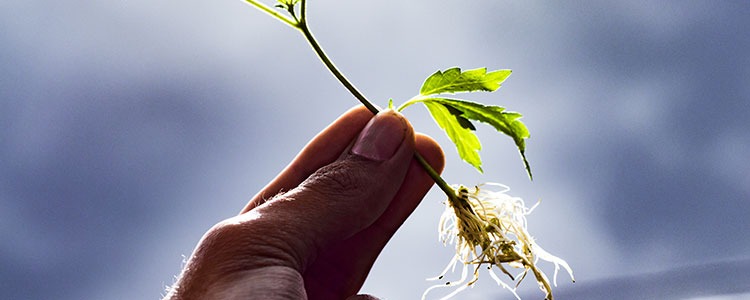
The initial plant that the clone is cut from is referred to as the “mother plant.”
Your clones will only be as good as their mother plants, so you’ll want to choose your mother plants carefully.
There are many characteristics to pay attention to when choosing your mothers.
First and foremost, in addition to starting with healthy plants, it’s crucial to make sure the plants are female because they produce high levels of the intoxicating compound THC and don’t typically produce seeds.
While you can produce clones at almost every growth stage, you’ll ideally want a mother plant in the vegetative stage. This will allow the clones to grow as much as possible, maximizing your yield.
Beyond that, the rest of the characteristics of the mother plant are about personal preference. You’ll want to find a mother plant with the genetics you want to replicate.
Perhaps you’re after bigger yields, plants that are highly resistant to pests, or a plant with a specific terpene profile.
Regardless, you’ll want to choose the healthiest possible mother plant to match your desired characteristics and produce the most optimal clones.
How to Clone A Marijuana Plant
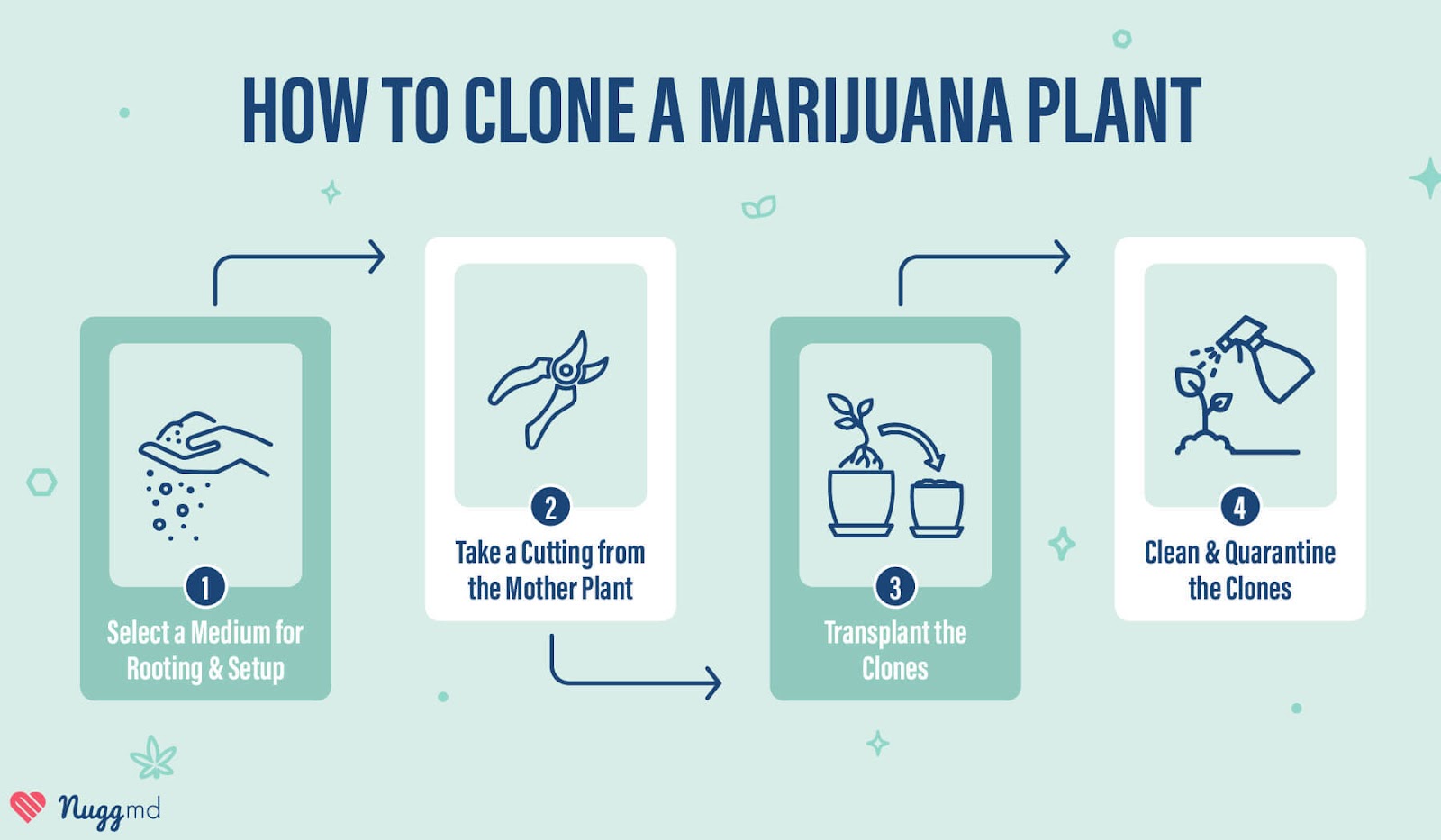
The cloning process is pretty straightforward.
The four steps to clone a cannabis plant are:
- Select a growing medium
- Clip a cutting from the mother
- Transplant the clone
- Clean & quarantine the clone
What You Will Need:
- Your ideal mother plant of choice,
- A pair of clean scissors or garden shears,
- Plant starter cubes or high-quality soil
- Water
- Rooting hormones for plant cuttings,
While you can use water or soil to clone a cannabis plant, it’s recommended that you use plant starter cubes and rooting hormones for the best possible results.
Starter cubes are small plugs you’ll place your cutting in after you’ve removed it from the mother plant. They may come in many growing mediums, but they are all designed to provide the perfect amount of air and water to the cutting to help facilitate root growth.
Rooting hormones are chemicals or nutrients that also help the cutting produce clone roots.
- How to Select A Medium For Rooting and Setup
Plant starter cubes come in a variety of growing mediums. Before you cut clones off your mother plant, you’ll want to decide which rooting medium to use first.
Many cultivators plant their cuttings using rock wool, peat, foam, or other growing material.
Rockwool cubes are a popular option because they retain water well while providing your clones terrific airflow, essential for sprouting strong root systems.
No matter your medium, you can find starter cubes for sale online or at your local grow shops.
It’s best to avoid loose soil for your rooting medium because it's too soft and doesn’t provide the proper stability and structure necessary to produce strong roots.
When using starter cubes, it’s always best to keep the cubes in a growing tray. The tray keeps everything organized in one spot and holds water that may otherwise seep through the cubes. Growing trays will also come with plastic covers or a humidity dome to go on top of the tray. These covers trap much of the moisture that evaporates out of the tray.
Your cuttings need plenty of water and a consistent amount of humidity to produce their own roots. Otherwise, they die. These trays ensure the growing conditions suffice for root growth.
If you decide to go the auto-cloner route, you could skip this. Auto-cloners, also called cannabis cloning machines, spray the bottom of the cuttings with nutrient-rich water in the early stages of cutting root growth.
Regardless of how you decide to root your fresh cuttings, you need to ensure that they receive the proper amount of light (18 hours per day) to grow into strong cannabis plants in their own right.
What is a cannabis cloning machine?
A cannabis cloning machine is a machine you can use instead of a growing medium. They come in a variety of designs, but all house the cuttings and automatically keep them moist and aerated as they grow their new roots.
Auto-cloners usually come in two main forms. They are either aeroponics or hydroponics systems.
Aeroponics cloning machines are the most popular form of auto-cloner. They consist of a chamber that holds water and nutrients underneath starter cubes. The machine periodically sprays the bottom of the cubes, maintaining consistent moisture. However, the roots are grown “in the air,” l, hence the term “aeroponics.”
Hydroponics cannabis cloning machines are systems in which you submerge starter cubes or pods containing the cutting directly into a chamber of nutrient-rich water that is circulated by a pump.
Cannabis cloning machines may be a prudent choice if planning on cloning cannabis plants regularly or in large quantities.
- How To Take A Cutting From The Mother Plant
Once you have all your supplies and your rooting medium on hand, you’ll be ready to make your cutting and produce your cannabis clones.
Ultimately, the best clones come from strong, healthy female plants approximately two months into the vegetative growth phase. While it’s technically possible to clone a plant while it’s in the flowering stage, it’s not recommended.
Once you choose your most suitable healthy plant for cloning, it’s best to hold off on fertilizing the plant for 2-3 days to allow the nitrogen to move out of the plant, specifically into the leaves (which you will remove). A large concentration of nitrogen will divert most of the clone's energy into vegetation rather than growing roots, which is what you want for this process.
The environment you work in should be clean and sterile before starting. Always wear gloves and use clean equipment when producing your cuttings.
You don’t want to risk losing your clones to mold or mildew.
Here is how to cut cannabis, step by step.
- Choose the strongest, healthiest-looking branches on the mother plant. You should strive for two or more plant nodes on your cutting. The branch you choose should be long and bushy.
- Cut the branch above the primary node using scissors or garden shears.
- Once the branch has been removed from the mother plant, cut it again below the primary node. If you cut the node at a 45-degree angle, the roots will grow fast and strong.
- As soon as you cut the branch from the mother plant, you’ll want to place the cutting into your rooting hormone or rooting gel, then the growing medium as soon as possible.
- How To Transplant The Cannabis Clones
After some time, your cuttings will grow a root system. Not long after this, they will need to be transplanted into the potting soil – anywhere between 10 - 15 days. So long as the roots that develop are 1 - 2 inches, you can transplant them into the soil without worry.
Be sure to check on them daily. You must maintain the proper amount of moisture and humidity; otherwise, your cuttings will not grow roots.
Unfortunately, even if you are diligent about it, some of your cuttings may die before becoming full-grown plants. If this happens, be sure to remove them from other plants as soon as possible. Otherwise, they may collect mold or mildew as they decay, which might spread to your other live clones.
Here’s how to transplant cannabis clones
- Fill your planting pots with your growing soil,
- Make sure the soil is moist before you transplant.
- Give the water a few minutes to drain
- Make a small 1-inch hole in the soil,
- Place the roots of the clone within the hole
- Lightly bury the roots with more soil.
From there, all you’ll need to do is wait and watch.
- Clean And Quarantine Your Cannabis Clones
If you are producing all your own clones yourself, you may not have to worry as much about introducing foreign pests into your garden.
Unfortunately, if you get your clones from the dispensary or other cultivators, you do risk possibly introducing pests that could wreak havoc on your other cannabis plants if you have them.
For this reason, it’s prudent to clean and quarantine your cannabis clones before you introduce them to the rest of your crop.
The growing medium used to root the clone cuttings may differ from that used to grow the other plant; because of this, pests, mold, or mildew could linger within the rooting medium, which could infect the rest of your plants if you’re not careful.
It’s best practice to clean your clones with an IPM (Integrated Pest Management) solution before introducing them to your garden.
Keep your clones separated from your primary garden for some time to ensure they do not contain foreign pests, mold, mildew, fungus, or anything else that might harm the rest of your crop.
Cannabis Cloning Tips
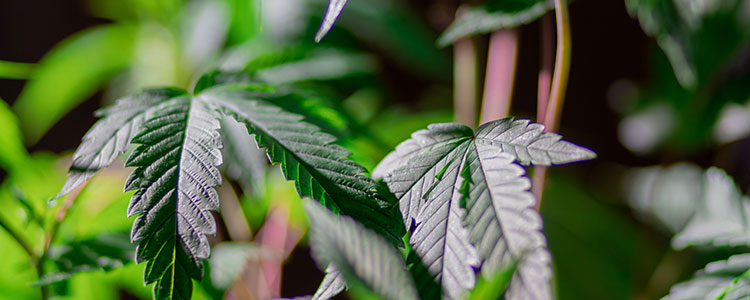
Lightly Trim Your Clones
For the most successful cloning, it may be a good idea to trim your clones shortly after cutting them from the mother plant. Otherwise, excess fan leaves remaining on the clone will divert energy from producing strong roots.
Regulate the Temperature
You’ll want to be mindful of the temperature of your grow room. The ideal range is between 75-78°F. If the temperature is too cold, your clones won’t be able to produce roots and will die.
Many cultivators find that placing a heat mat or pad underneath their young cuttings helps regulate the temperature.
Choose the Right Lights
You must also remain mindful of your choice of lights. Clones are sensitive to grow lights, especially after being freshly cut from their mothers. They risk burning the plants if they are too intense, like HID lights.
The most optimal grow lights for your clones are fluorescent or CFL lights.
Conclusion
Cloning cannabis plants has a lot of benefits for cultivators and at-home growers. The process is simple and saves time and money. Not long after your clones develop roots, they’ll grow into mature cannabis plants.
Before you start, however, you’ll need to be aware of your state’s laws, limits, and regulations regarding cannabis cultivation.
The information in this article and any included images or charts are for educational purposes only. This information is neither a substitute for, nor does it replace, professional legal advice or medical advice, diagnosis, or treatment. If you have any concerns or questions about laws, regulations, or your health, you should always consult with an attorney, physician or other licensed professional.

